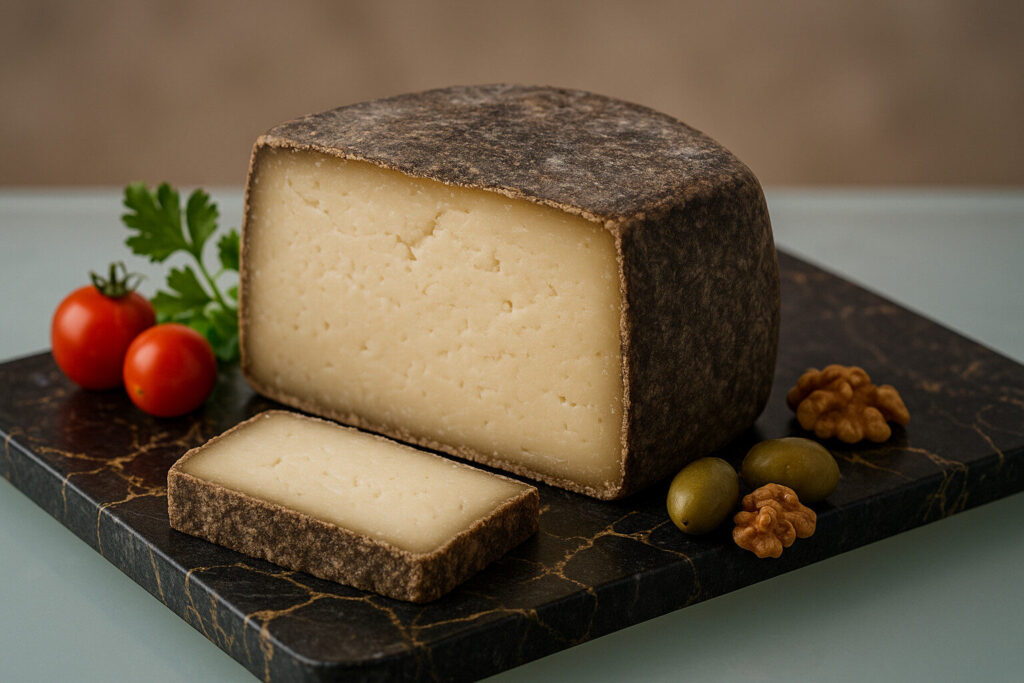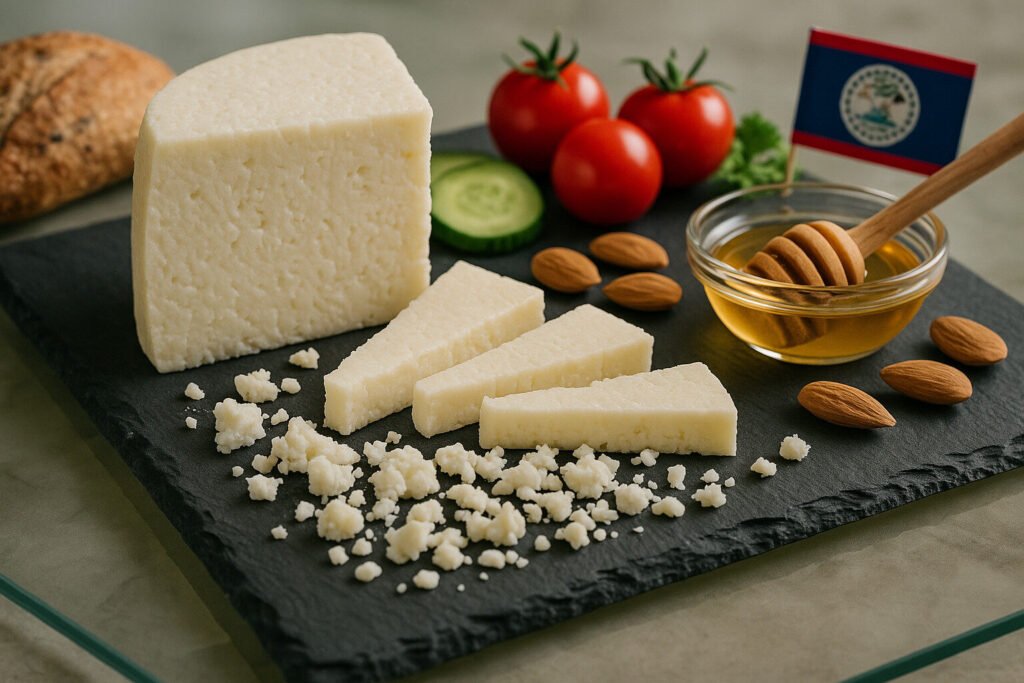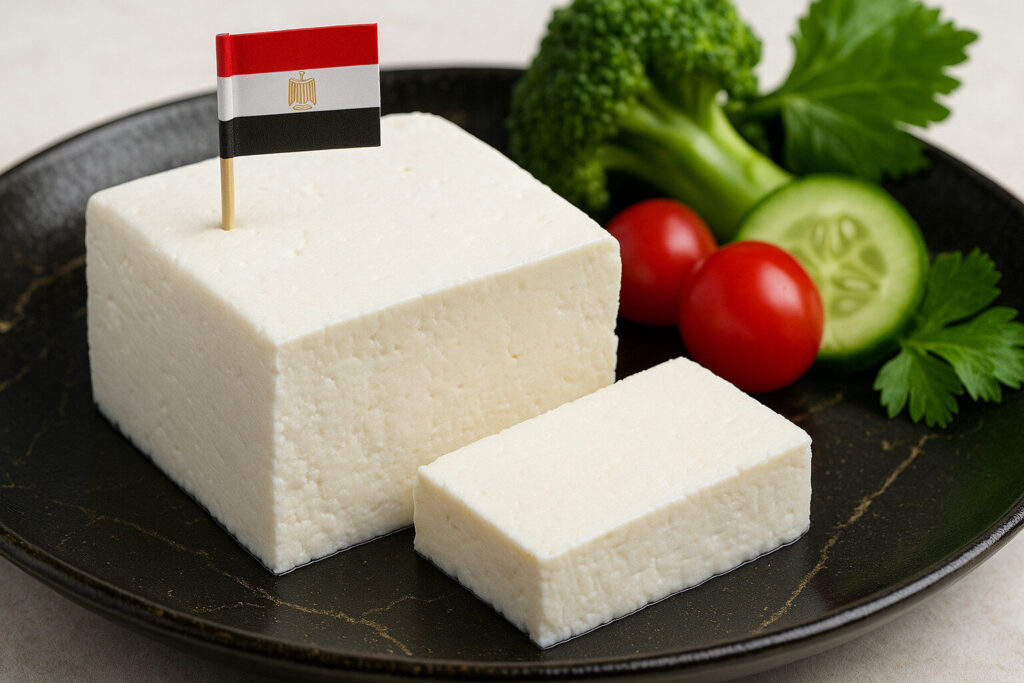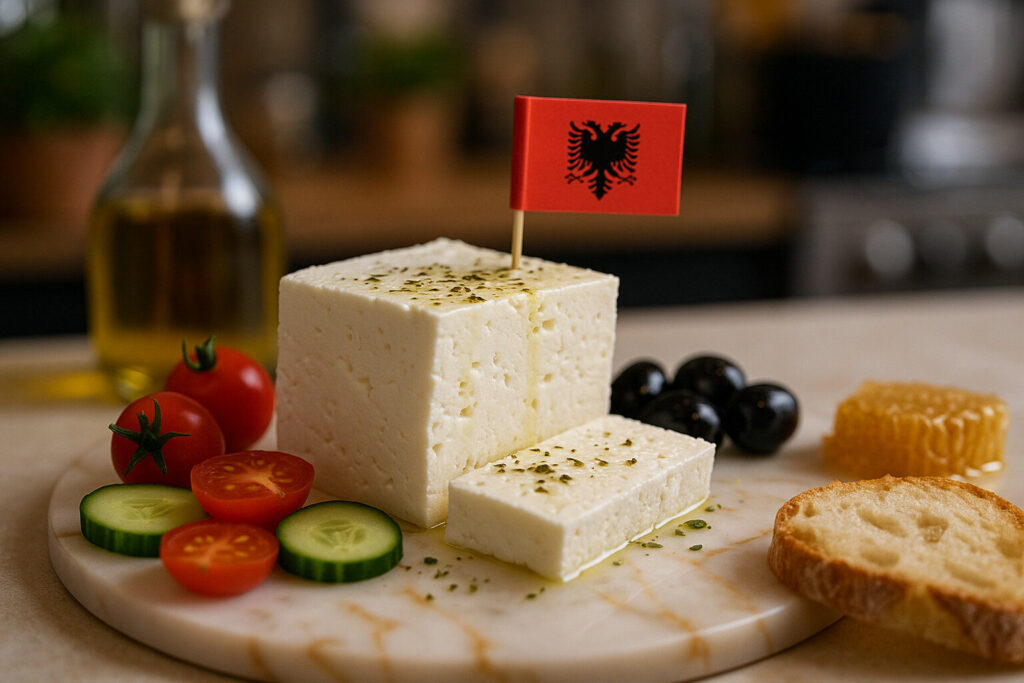High Salt Cheese
Definition and Scope
High salt content in cheese refers to varieties intentionally elevated in sodium chloride for preservation and flavor development. This category includes cheeses with salt levels typically exceeding 2% of total weight, significantly impacting microbial activity and moisture control. The classification spans multiple cheese families and production methods where salt concentration serves as a defining characteristic.
Salt content directly influences cheese classification systems through its effects on texture, rind formation, and aging potential. Technical specifications often distinguish high-salt cheeses by their ability to inhibit undesirable bacteria while promoting specific flavor compounds. This property creates a distinct category within cheese taxonomy that crosses stylistic boundaries from hard grating cheeses to brine-matured varieties.
Production Techniques
Manufacturers achieve high salt content through several deliberate methods during cheesemaking. Dry salting involves rubbing salt crystals directly onto formed cheeses, while brine salting immerses wheels in concentrated salt solutions. Some producers incorporate salt directly into the curd before pressing, ensuring even distribution throughout the cheese matrix.
The timing and duration of salting operations critically affect final salt concentration and cheese characteristics. Extended brine bathing for weeks or months creates intensely salty rinds and gradual salt migration inward. Modern production may utilize vacuum impregnation techniques to accelerate salt penetration while maintaining precise control over sodium levels.
Sensory Profile
High salt content produces pronounced salty taste as the dominant sensory characteristic, often described as briny or saline. This saltiness enhances perception of other flavor compounds, particularly umami notes derived from protein breakdown during aging. The salt concentration can mask bitterness while amplifying savory characteristics in mature cheeses.
Textural impacts include firmer, drier consistency due to salt’s moisture-binding properties and enhanced protein structure. Salt crystals may create slight granularity in some varieties, while in others they contribute to smoother, tighter paste. The overall flavor profile tends toward intense, complex notes with reduced perception of acidity.
Functional Applications
High-salt cheeses serve specific culinary roles where intense flavor and preservation qualities are valued. They function as seasoning agents when grated over pasta, salads, and soups, reducing the need for additional salt in recipes. Their stability makes them ideal for travel and long-term storage without refrigeration in traditional contexts.
These cheeses pair effectively with low-sodium foods like fresh bread, unsalted butter, and sweet fruits that balance their salt intensity. Cooking applications include incorporation into stuffings, sauces, and baked dishes where their salt content seasons the entire preparation. Their robust nature allows for caramelization and browning without becoming overly salty.
Regional Examples
Mediterranean regions produce notable high-salt cheeses like Greek Feta, traditionally stored in brine solutions reaching 7% salinity. Italian Pecorino Romano contains approximately 5-8% salt, contributing to its sharp, piquant character and historical role as a stable protein source. These cheeses reflect centuries-old preservation techniques adapted to warm climates.
Northern European examples include Dutch Gouda with salt content around 2-3% and English Territorial cheeses with salted rinds. Korean Jangajji incorporates brined cheese variants, while Middle Eastern Halloumi maintains high salt levels for grilling properties. Each regional tradition demonstrates how local ingredients and climate influenced salt utilization in cheesemaking.






